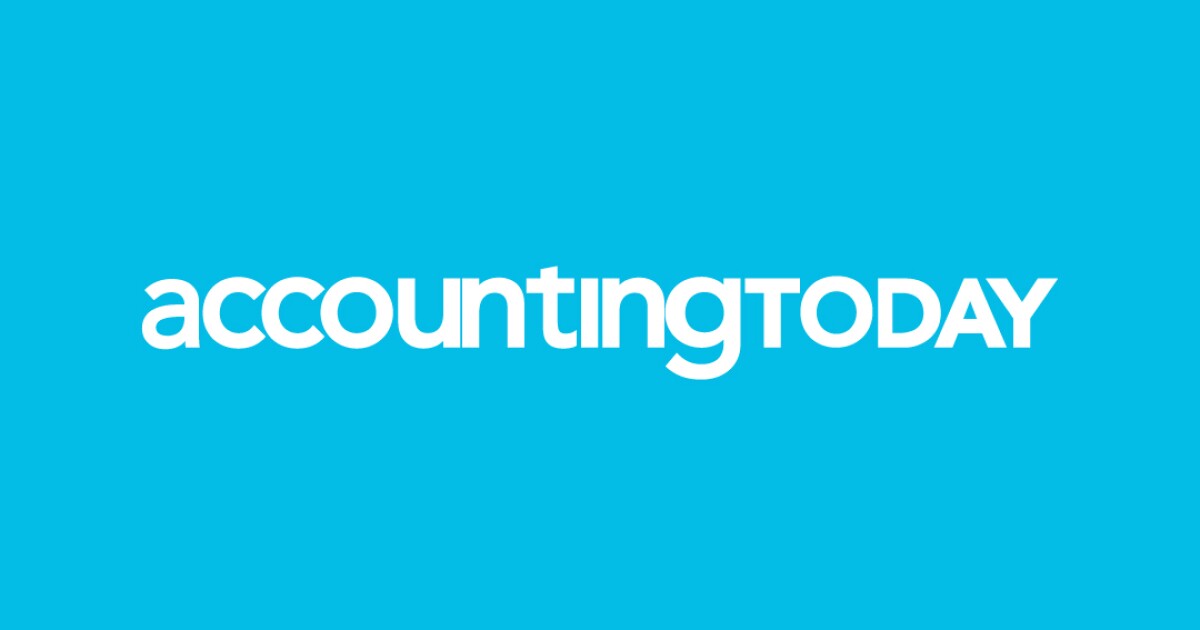Having finally moved on from handwritten ledgers and mundane data entry, the accounting sector is embracing technologies that have allowed for its full modernization. There’s just one problem: Universities are not connected to the industry.
Today’s college accounting programs place an outsized focus on the old-school aspects of the business. Although fundamental to the profession, these tasks have become somewhat outdated and now make up only a piece of the puzzle rather than the bigger picture itself.
Thanks to existing and emerging accounting technology, modern accountants are spending less time recording transactions and more time analyzing and advising. But college accounting programs — most of which remain grounded in only the core fundamentals — haven’t kept up. Current students, who aren’t being taught the different software that automates traditional tasks, enter the working world lacking the necessary proficiency in accounting and financial workflow software and apps to efficiently service clients. To succeed in today’s accounting industry, these students require a curriculum in accounting and financial software literacy.
What are accounting students missing?
Historically, accounting was a manual task, performed with physical, handwritten ledgers – paperwork that would be stored away for seven years or more. When the industry eventually shifted to make room for new technologies, ledgers and records became digitized, downsized (no more storage units!) and made accessible virtually anywhere.
Journal entries are automatically posted when payments are made or received – in real time, rather than being manually entered after the fact. Copies of receipts and invoices are kept electronically and bank transactions are accessible via a digital feed. The result: visibility into transactions and supporting documentation has been spectacularly enhanced. Yet because many accounting professors haven’t worked with these now-foundational technologies, and because some textbooks and corresponding courses aren’t updated to reflect changes in the business, tomorrow’s accountants aren’t being properly prepared for the jobs they’ll soon step into.
Additionally, because of the vast differences in the public and private accounting sectors, the respective technologies used within them vary significantly. Public accounting tech can include software for taxes, depreciation, time entry, project management, audit automation and client document storage, while private accounting software tends to focus on inventory tracking, financial closing, billing and invoicing, and payroll management. College accounting courses should be introducing students to current technologies being used on both sides of the industry.
Accounting technology training is missing
When universities and colleges fail to train accounting students on modern, industry-specific technologies, it becomes a problem that falls squarely on the shoulders of students to learn this technology on their own, or to look for internships with accounting firms that are tech forward.
Many schools incorporate an Excel class into their accounting program but have yet to add accounting technology courses that cover all of the sector’s contemporary software. That oversight does a disservice to accounting students who are about to graduate and need to be employable and equipped for success in the job.
New hires always require onboarding, but those with no real-world experience and no exposure to accounting software and financial workflow automation apps are likely to require a lot of on-the-job training and patience. Not only will some of those students be passed over for jobs that have prerequisites of accounting software knowledge, but they’ll fall behind their peers in terms of earning power and consideration for promotions. For employers, a dwindling pool of accountant talent, as well as recent graduates not being fluent in accounting and financial software, is a drag on productivity.
Closing higher education’s accounting technology gap
Yes, there’s a gap between the current demands of the accounting profession and the university programs only partially preparing for the next generation of accountants. How do we solve it?
Acknowledging that gap is the first step. Modern accounting and accounting-related software leverages data digitization, data extraction and artificial intelligence, which automates categorization, reconciliation, journal entries and financial statement generation. AI, machine learning and cloud computing are now elemental components of the accounting field. Education that ensures students’ basic understanding of these technologies and how they replace manual methods makes up the foundation for all university and college programs moving forward.
In the meantime, students should become familiar with modern accounting software when their schools fall short. There are plenty of online resources. LinkedIn Learning is a good place to start. Students can also take classes offered directly by software companies. (The best ones teach how to use their software and even grant accountants CPE credits for course completion.) Lastly, consider attending a trade show focused on accountants: QuickBooks Connect, Digital CPA and AICPA Engage.
In order to stay competitive and land their first job, students will want to take ownership of their education and training. At the same time, university and college programs need to upgrade their curricula to include software training. Accounting is no longer done by hand.


